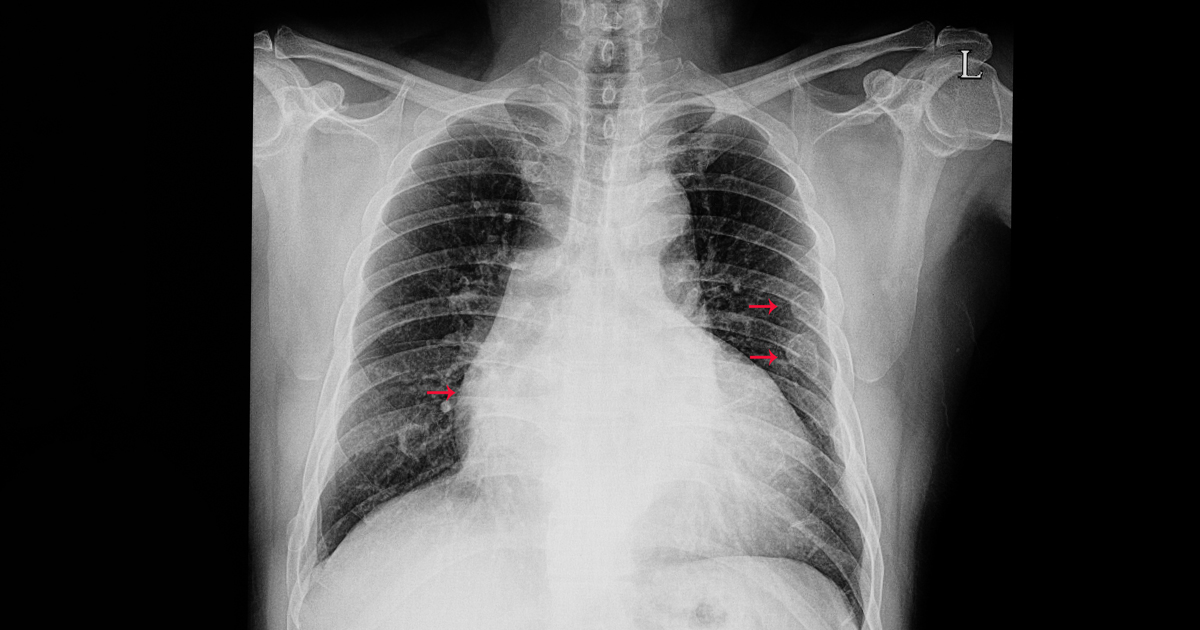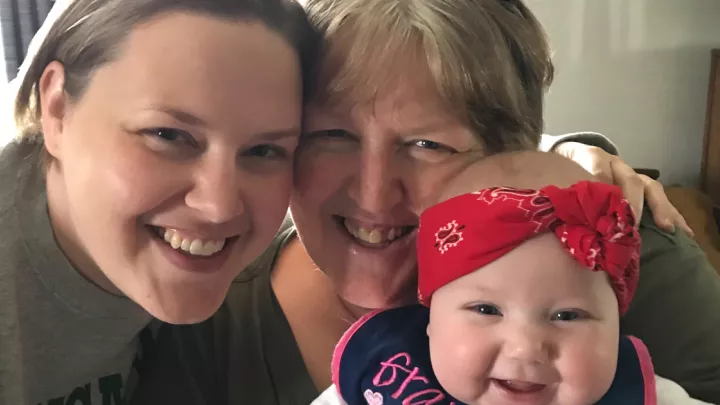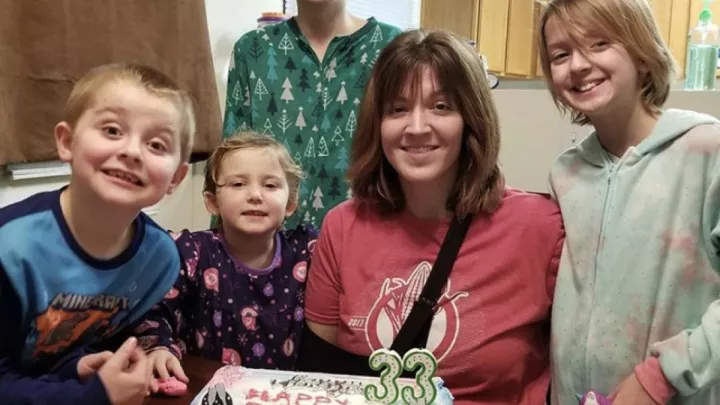Help broken ribs heal faster – how to know if you're healing normally

Have you injured yourself and suspect a fractured rib? Perhaps you even went to the emergency room, found out you have a few broken ribs and went home waiting for them to heal over time. What should the healing process look like? How do you know if the pain has been going on for too long? Here's some advice.
How long does it take for rib fractures to heal?
Rib fractures take a little longer to heal than other bones because they are continuously moving. A rib fracture can take up to 12 weeks to heal. "The natural progression for healing is for small improvements in pain and breathing over time. For patients with rib fractures without fixation (surgical stabilization of rib fractures), roughly 60% are not back to full work capacity at six months, and 70% are still having some degree of pain one year from the injury," says Zachary Bauman, DO, Nebraska Medicine trauma medical director.
What can I do about the rib pain?
Typically, nonoperative treatment includes a pain medication regimen such as:
- Scheduled acetaminophen with a combination of ibuprofen as needed
- Neuropathic pain medications (target nerves specifically)
- Lidocaine patches
- Prescribed muscle relaxants and narcotics
- We always encourage aggressive pulmonary hygiene with deep breathing and coughing to help with volume expansion
How do I know if the pain has gone on too long?
A good percentage of rib fractures will heal on their own, especially if the ribs are in alignment. For ongoing pain that doesn't seem to be improving, persistent shortness of breath with activities you didn't previously have shortness of breath, or if you haven't returned to normal daily activities after several months, it may be time to seek additional medical help. If you're feeling ongoing clicking, popping, or movement at the fracture site – even if it comes and goes with various activities – see a doctor for further evaluation.
Are there surgical options for broken ribs that don't heal?
Yes, there are surgical interventions for rib fractures. These may depend on your situation and if the injury is in conjunction with other issues like nerve or muscle damage. A doctor will often take a look inside the chest cavity to ensure the lung is not trapped in the fracture as that can cause ongoing pain. The diaphragm is also examined to make sure there is no injury to it. "If you've received a diagnosis of slipping rib syndrome, it can be surgically corrected as well. An operative option includes reducing the rib fractures and placing a titanium plate across the fracture. These plates can be placed on the inside of the rib or the outside, depending on their location. The plates are held in place with titanium screws. This allows for better chest wall stability and allows the fracture ends to realign to expedite healing," says Dr. Bauman. "We also perform cryoablation of the intercostal nerves of each rib. This stuns the nerve causing it to become numb for about three to six months, but the nerves eventually return to normal as the ribs heal. This treatment can significantly help with rib fracture pain."
As a nationally certified Level I trauma center, the Nebraska Medical Center provides the highest level of care for the most severe and life-threatening injuries for both children and adults. If you are experiencing symptoms or your pain hasn't resolved over time, we are here to help.






